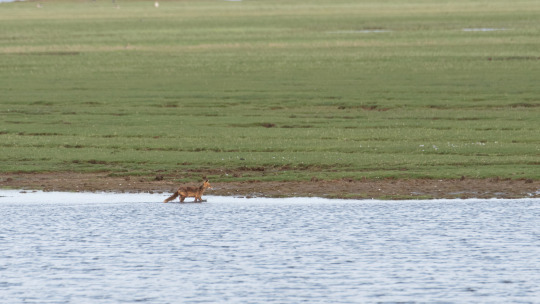#mammalia
Text
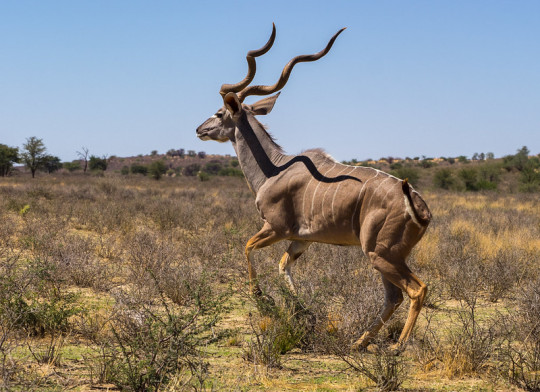
A greater kudu bull (Tragelaphus strepsiceros) in Kgalagadi National Park, South Africa
by jaffles
#greater kudu#kudu#antelopes#bovines#tragelaphus strepsiceros#tragelaphus#bovidae#artiodactyla#mammalia#chordata#wildlife: south africa#wildlife: africa
236 notes
·
View notes
Photo
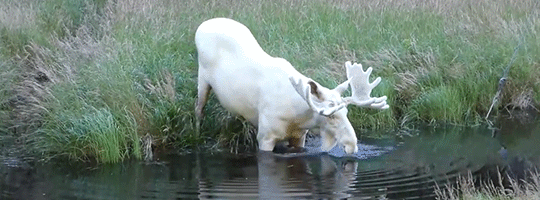
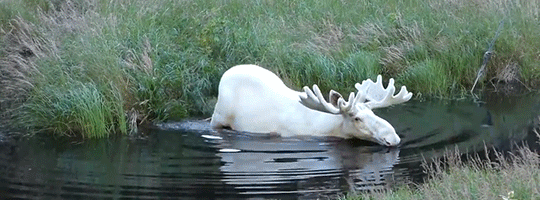
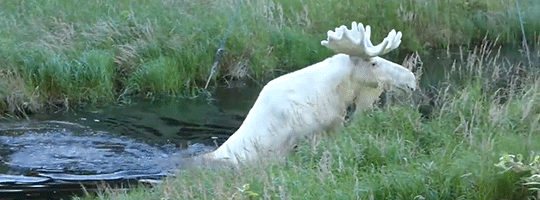
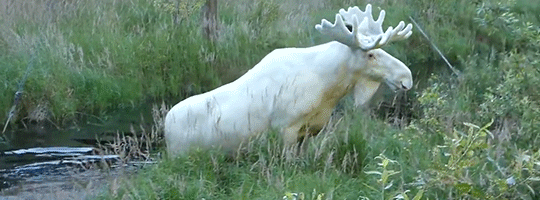
A leucistic moose filmed by municipal councilmember Hans Nilsson in the Värmland region of Sweden (2017)
National Geographic
30K notes
·
View notes
Text
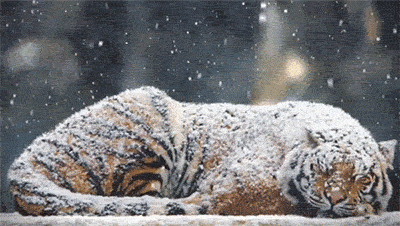
A cute little kitty sleeping in the snow...
9K notes
·
View notes
Text

a practice piece to get acquainted with the new pastels ^^

Cape Buffalo (Syncerus caffer caffer), oil pastel on pastel paper.
#art#traditional art#oil pastel#wild cattle series#animals#mammalia#mammals#ungulates#bovines#bovini#wild cattle#bovinae#syncerus#buffalo#syncerus caffer#african buffalo#cape buffalo
810 notes
·
View notes
Text
Lesser known small mammals (or mammals whenever i bring up people have no idea what im talking about)

Quoll ..a carnivorous marsupial native to Australia that spends most of the day sleeping in its dens. there have been 111 recorded events of quolls eating human remains (x) (pictured here is a spotted-tail quoll)

Numbat..an insectivorous marsupial from Australia that is diurnal (or is primarily active during the day). unlike other mammals that primarily eat termites, they have a jaw with 50 very small teeth. they live in tree hollows and block the openings with the thick hide of their rump

Hyrax ..a small thickset herbivorous mammal that is more closely related to elephants and sea cows than pikas and marmots. theyre found in africa, and they have rubbery paw pads that help them climb up rocks (this is a rock hyrax)
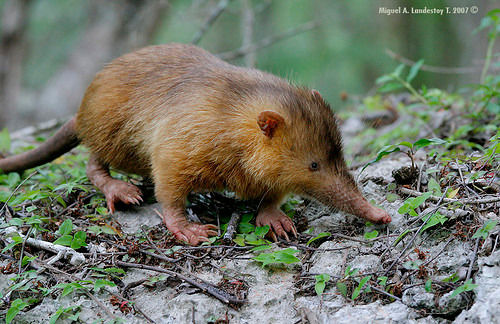
Solenodon... a venomous, insectivorous little mammal that is easily provoked into a frenzy of squeaking and biting. it uses echolocation to compensate for its poor eyesight, and females have two teats almost located on its backside (above is a cuban solenodon)
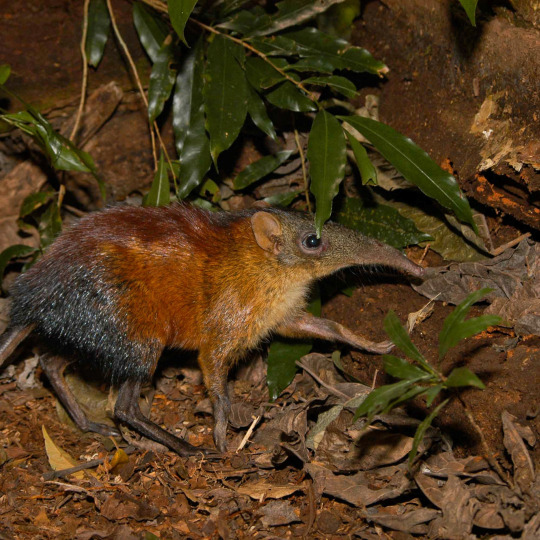
Sengi (elephant shrews (or better known as the get a look at the snout species))...is another insectivore that is more closely related to elephants than true shrews. they live in southern Africa and have relatively large brains for their size (a respectable 11 inches) (this is a black and rufous sengi)

Tenrec..omnivorous little mammal that lives in land, sea, underground, and in trees. there are many different subspecies of tenrec that can look like hedgehogs, opossums, rats, and shrews (this is one is a lowland streaked tenrec from madagascar)
#i was going to include binturongs but compared to all the other guys its much larger#So i decided to just keep the list about small weird mammals#These of course arent all the small mammals out there.. just the ones i can remember offhand#mammalia#long post#quoll#spotted-tail quoll#marsupials#tenrec#streaked tenrec#elephant shrew#sengi#solenodon#cuban solenodon#hyrax#numbat#mammals#biology#zoology#animal facts
9K notes
·
View notes
Text
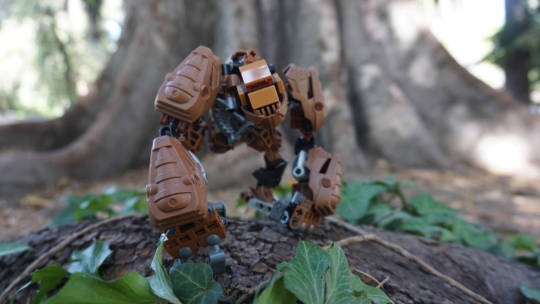

Lava ape
The only drum it will be playing is your head.
Source
Creator: FeroxJ
#lego#bionicle#animal#animal shape#rahi#land#land rahi#mammal#mammalia#primate#ape#great ape#voya nui#2006#voya nui online game#video game#matoran universe#video game characters
106 notes
·
View notes
Text
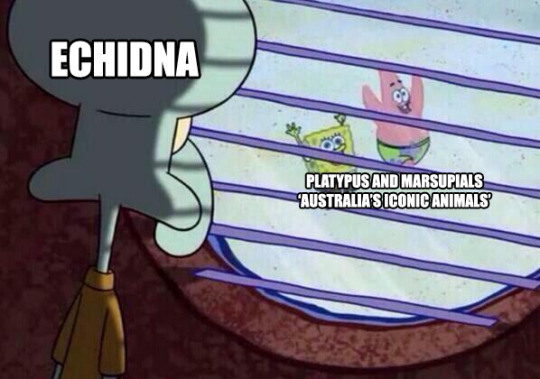
reblog if you support the humble echidna
#LISTEN#echidna#are adorable and weird and perfect#australia#wake up to your awesome lil pincushion#monotreme#marsupials#platypus#animals#animal awareness#rare animals#exotic animals#endangered animals#spreading the echidna propaganda#echidnas#mammals#mammalia#zoology
101 notes
·
View notes
Text




Fat Echidna found on Woppa (they do inhabit the island as well as the mainland).
Sadly, while driving to Yeppoon, we saw a lot of dead echidnas on the road... The highway is frequently covered in native animal roadkill. At least on Woppa, there's little chance of an echidna being runover.
BTW, despite looking like hedgehogs, they're very much unrelated. Echidnas are their own thing (closely related to the platypus).
11/09/23 - Mammalia: Tachyglossus aculeatus - Woppa, cabin area
#Tachyglossus aculeatus#Echidna#Monotremata#Monotremes#Mammalia#Mammals#Prototheria#Prototherians#Vertebrata#Vertebrates#Chordata#Chordates
115 notes
·
View notes
Text

92 notes
·
View notes
Text


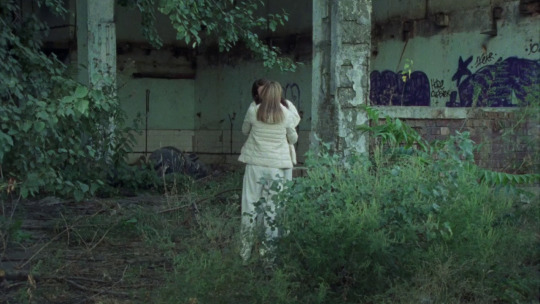

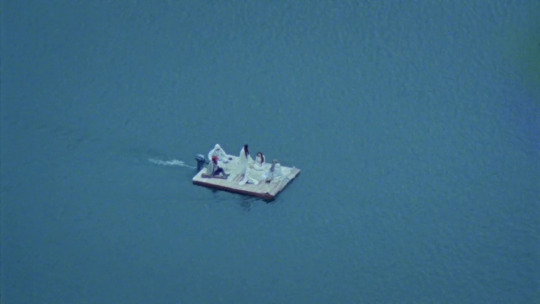





Mammalia (2023) | dir. Sebastian Mihăilescu
#mammalia#sebastian mihăilescu#istván téglás#mălina manovici#films#movies#cinematography#scenery#screencaps
50 notes
·
View notes
Text
BAT #1 🦇 🦇 🦇 🦇 🦇 🦇 🦇 🦇
Suborder: Yinpterochiroptera
Super family: Pteropodoidea
Subfamily: Cynopterina
Genus: Aethalops
Name: Pygmy fruit bat (Aethalops alecto)
Also known as the grey fruit bat, this little guy happily thrives in Peninsular Malaysia, Sumatra (island of western Indonesia) and Java (another Indonesian island). They like the forests!!! Specifically montane forests which are tropical and subtropical moist broadleaf forests, also known as a cloud forests!!! What cuties!!! There aren’t many and they have only been studied a couple times ever!! They weigh 0.5 oz 🥺🥺.

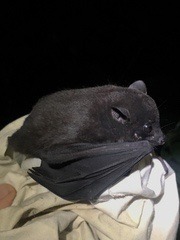
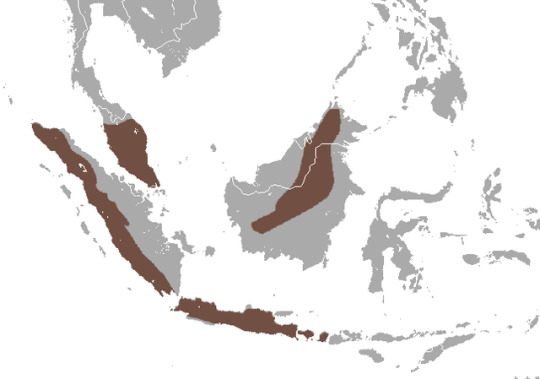

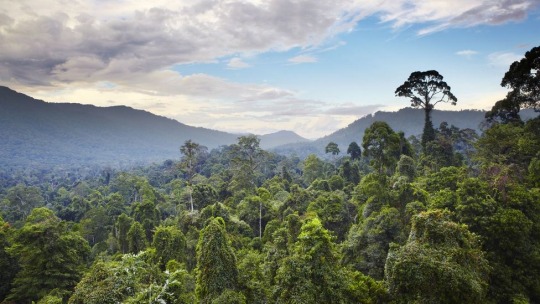
#bats#list of bats#chiroptera#anamalia#chordata#mammalia#science#yinpterochiroptera#fruit bats#cute bats#echolocation#old world fruit bats#bat collector#bat project#bat love#bat blog#every single bat#fruit bat#bat
91 notes
·
View notes
Text
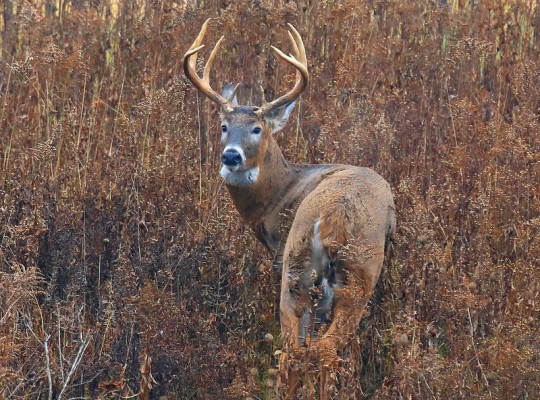
A white-tailed deer buck (Odocoileus virginianus) in Lake Meyer Park, Iowa, USA
by Larry Reis
#white tailed deer#deer#odocoileus virginianus#odocoileus#cervidae#artiodactyla#mammalia#chordata#wildlife: iowa#wildlife: usa#wildlife: north america
89 notes
·
View notes
Text


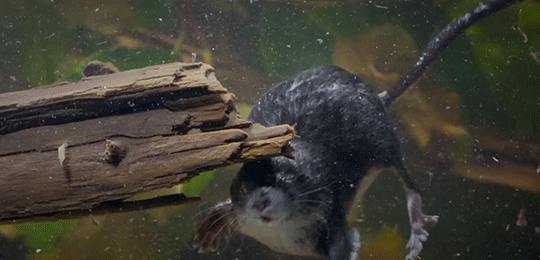
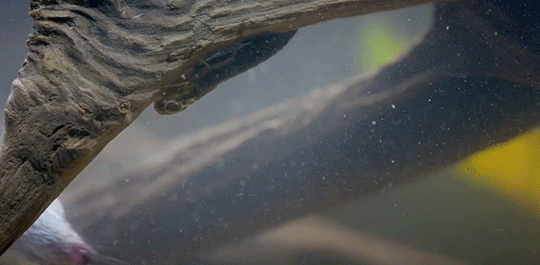
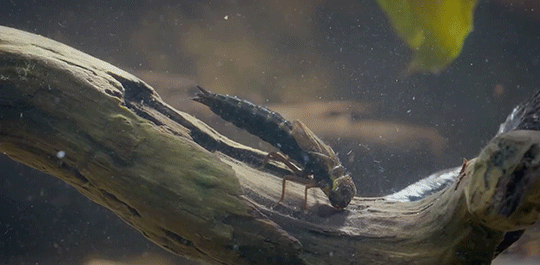
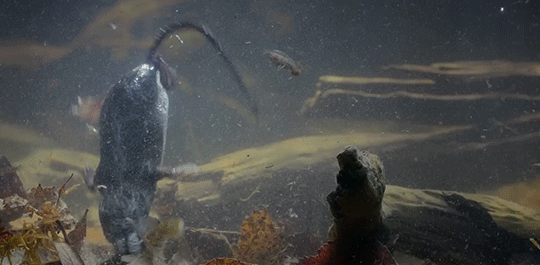
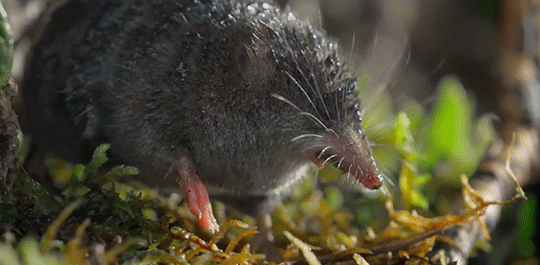
As the smallest diving mammal hunting for this water shrew lasts only a few seconds, but their technique underwater is remarkable. Their eyesight is poor so they rely on foraging along the bottom to find movement with their long whiskers. To find stealthier prey they have the rare ability to smell underwater. By blowing tiny bubbles of air they can detect scent particles in the water.
Nature on PBS
#water shrew#shrews#river#nature on pbs#tw successful hunting#mammalia#eulipotyphla#please look up what that word means. why did they do that to them hhfhdjf
9K notes
·
View notes
Text
Iberica hahni

Iberica was a genus of multituberculate mammal from the Early Cretaceous Period. Its type and only species is I. hahni. Known specimens were found in the El Castellar Formation in Galve, Spain. While the fossils assigned to Iberica have been known since the 1960s, they were not officially named until 2011.
The name Iberica comes from the fossil's location on the Iberian Peninsula. The specific name hahni was named in honor of Gerhard and Renate Hahn for their research on Iberian Peninsula multituberculates.
Known fossils of I. hahni include seven P1/3s (premolars), which are the type specimen, as well as the referred material of a P4 fragment (premolar) and two M2s (molars). Its autapomorphies include the four cusps on its premolars, as compared to three cusps from related genera, as well as cuspules on the mesial and distal margins.
The material assigned to I. hahni, especially the referred P4 and M2s, cannot be certainly assigned to either Eobaataridae or Plagiaulacidae. The type premolars are similar to that of Parabolodon elongatus and Eobaatar? pajaronensis. The P4 fragment is also very similar to that of Cheruscodon balvensis. The tentative assignment to Eobaataridae seems somewhat unlikely.
References: Original description by Ainara Badiola, José Ignacio Canudo, and Gloria Cuenca-Bescós; cladistic assessment by Thomas Martin et al.
Wikipedia article: Iberica hahni
#mammal#mammalia#paleoart#paleontology#artwork#original art#human artist#iberica#eobaataridae#plagiaulacidae#plagiaulacida#multituberculata#obscure fossil animals#obscure fossil mammals
13 notes
·
View notes
Text

more bovine art, but not part of the wild cattle series. this is a domestic cattle (Bos taurus), specifically a young red steer who lives nearby.
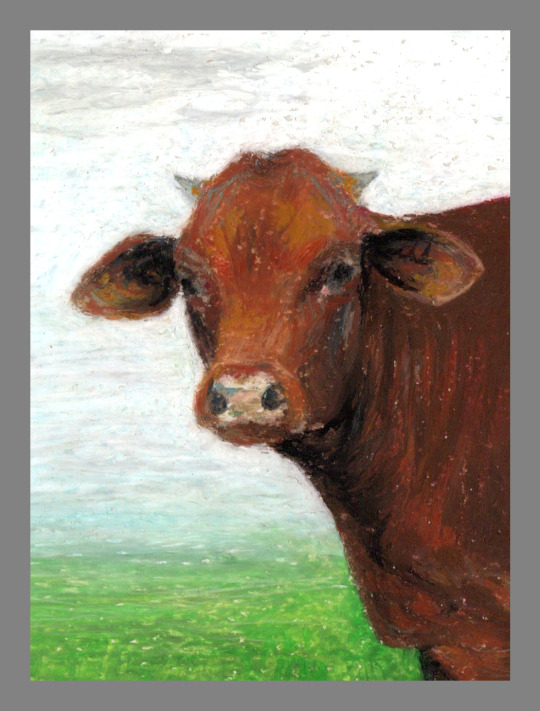
Red Steer (Bos taurus), oil pastel on pastel paper.
#art#traditional art#oil pastel#animals#mammalia#mammals#ungulates#bovines#bovini#bos#bos taurus#domestic cattle#cows#steer
305 notes
·
View notes

